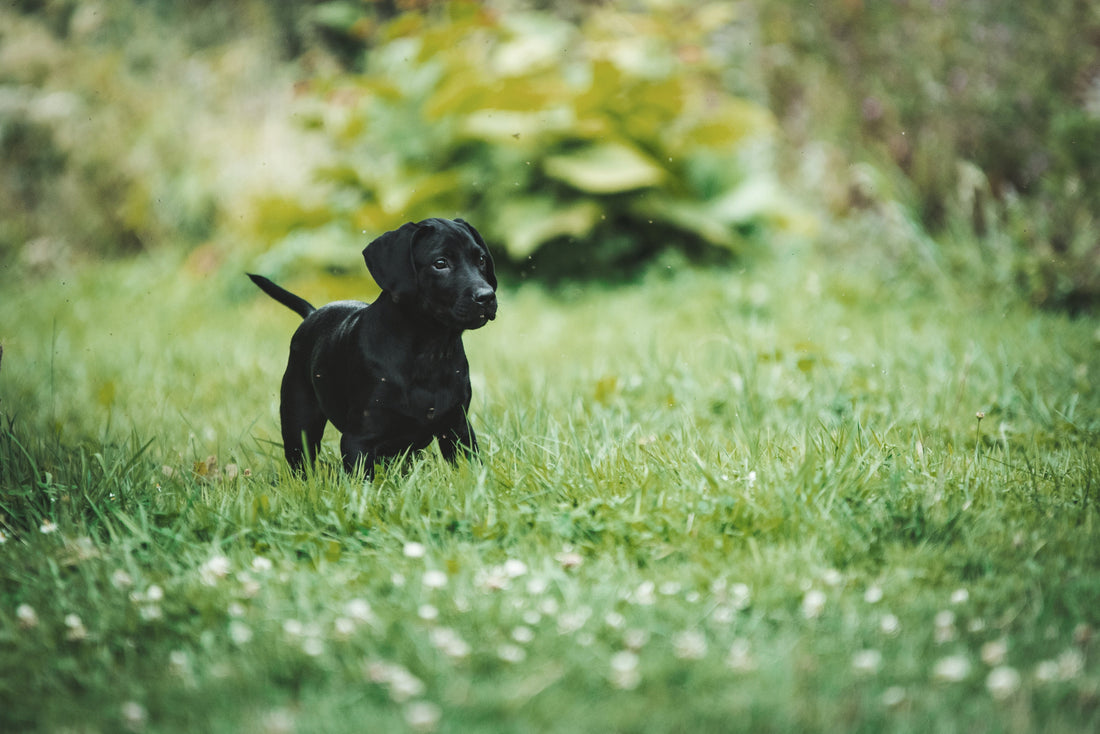
Why Positive Reinforcement Is the Best Way to Train Your Puppy
Share
Whenever one of our dogs births a new litter it is a source of some of our greatest joys, but let’s be honest, it can also be super challenging. Hans and I use positive reinforcement for turning our little tyros into well-behaved, happy pups.
What Is Positive Reinforcement?
Positive reinforcement is a training technique that rewards your puppy for good behaviour instead of punishing them for mistakes. It’s based on a simple concept: behaviours that are rewarded are more likely to be repeated. So, when your pup sits on command, doesn’t bark when the doorbell rings, or nails going to the toilet outside—reward them!
Rewards can be anything your dog finds motivating, like:
- Tasty treats (ours of course!)
- Verbal praise ("Good girl!")
- Or a good old fashioned belly rub
Why It Works So Well
1. Builds Trust and Confidence
Puppies, like people, thrive in a safe, supportive environment. Positive reinforcement creates a bond of trust between you and your dog. Instead of fearing punishment, your pup learns that you’re a source of encouragement and fun.
2. Faster Learning
Rewarding good behaviour helps puppies understand exactly what’s expected. If sitting leads to treats, they’ll sit more. If barking gets ignored, they’ll bark less. Clear, consistent feedback makes learning smoother and faster.
3. Encourages a Willing Attitude
A puppy who’s trained with kindness is more likely to want to please you. That enthusiasm makes training a joy rather than a battle—and it’s contagious.
4. Reduces Unwanted Behaviours
Instead of focusing on punishment, positive reinforcement redirects a puppy’s energy toward behaviours you do want. For example, if your pup loves to jump on people, teach them that sitting politely earns attention.
5. It’s Backed by Science
In the UK, extensive research underscores the effectiveness and welfare benefits of positive reinforcement in dog training. Both the RSPCA and Dogs Trust, two of the UK’s most respected animal welfare organisations, advocate exclusively for reward-based training. They emphasize that positive reinforcement not only improves behaviour but strengthens the bond between dogs and their humans. See more via the RSPCA and Dogs Trust.
Tips for Using Positive Reinforcement
- Timing is everything. Give rewards immediately after the desired behaviour so your pup makes the connection.
- Keep it short and sweet. Training sessions should be fun and brief—5 to 10 minutes at a time.
- Be consistent. Everyone in your household should use the same commands and reward system.
My Final Thoughts
Training your puppy with positive reinforcement isn’t just about obedience—it’s about building a lifelong relationship built on trust, respect, and love. With patience and consistency, you’ll raise a confident, well-mannered dog who’s happy to be your sidekick through all of life’s adventures.
Kate
